PDF-Country music and cultural industry mediating structures in transnational media ow Bram
Author : test | Published Date : 2015-01-23
And people everywhere in the world will relate to that Lyman MacInnis Managing Director Balmur Management Ltd Appropriately enough my 64257rst encounter with country
Presentation Embed Code
Download Presentation
Download Presentation The PPT/PDF document "Country music and cultural industry medi..." is the property of its rightful owner. Permission is granted to download and print the materials on this website for personal, non-commercial use only, and to display it on your personal computer provided you do not modify the materials and that you retain all copyright notices contained in the materials. By downloading content from our website, you accept the terms of this agreement.
Country music and cultural industry mediating structures in transnational media ow Bram: Transcript
Download Rules Of Document
"Country music and cultural industry mediating structures in transnational media ow Bram"The content belongs to its owner. You may download and print it for personal use, without modification, and keep all copyright notices. By downloading, you agree to these terms.
Related Documents

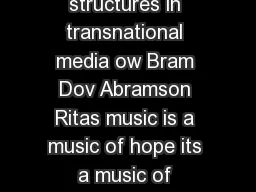
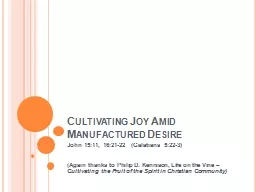

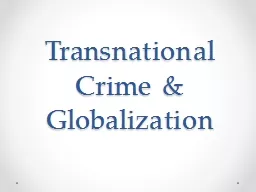



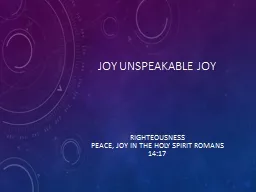


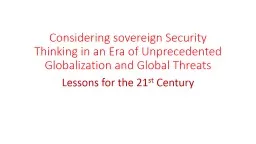


![[Note: submitted in August 2007.] FROM: Bram Abramson, Jeremy Shtern,](https://thumbs.docslides.com/829685/note-submitted-in-august-2007-from-bram-abramson-jeremy-shtern.jpg)